You have a preview view of this article while we are checking your access. When we have confirmed access, the full article content will load.
The cease-fire talks in Egypt showed that with pressure on Hamas and Israel, seemingly huge impediments could be overcome or set aside.

Oct. 14, 2025, 11:49 a.m. ET
The Egyptian intelligence chief was briefing a roomful of negotiators on the state of play in the Gaza cease-fire talks when the prime minister of Qatar quietly slipped a handwritten note to Jared Kushner and Steve Witkoff.
The note urged the two Americans to push the Israelis to compromise.
It was the morning of Wednesday, Oct. 8. Mr. Kushner, President Trump’s son-in-law, and Steve Witkoff, the U.S. special envoy to the Middle East, had just arrived on a private plane in Sharm el-Sheikh, Egypt, for what they hoped would be a breakthrough, at last, in the negotiations to bring an eventual end to Israel’s two-year war with Hamas in the Gaza Strip.
They had reason to be optimistic. For the first time, Hamas had signaled its readiness to release all the Israeli hostages without a complete withdrawal of Israeli forces and as long as it received assurances Israel would not return to war. Giving up the hostages could deprive Israel of a reason to carry on the war. And Israel was ready to free thousands of Palestinians from its prisons, including 250 serving life sentences.
But the talks were jammed.
Negotiators who had been meeting for two days at the resort town’s international convention center had shied away from pressing Israel and Hamas on a thorny question: how much territory in Gaza the Israeli military would leave before the hostage and prisoner exchanges. They feared that getting into the details of the map could derail the talks altogether.
Image
This account is based on interviews with 15 officials from the United States, Israel and Arab governments involved in or briefed on the negotiations, all of whom insisted on anonymity to discuss private conversations and sensitive diplomacy.

 4 hours ago
1
4 hours ago
1
.jpeg)



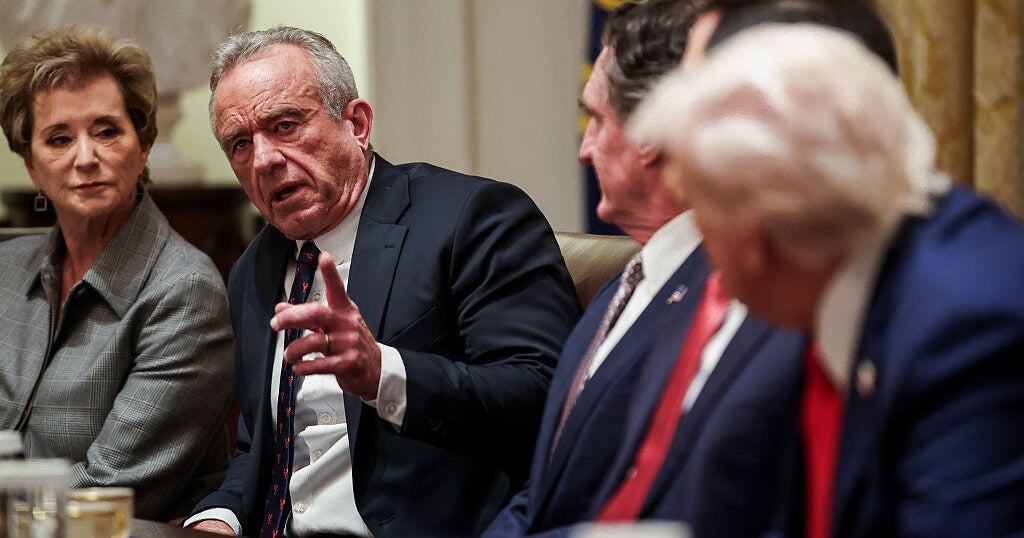


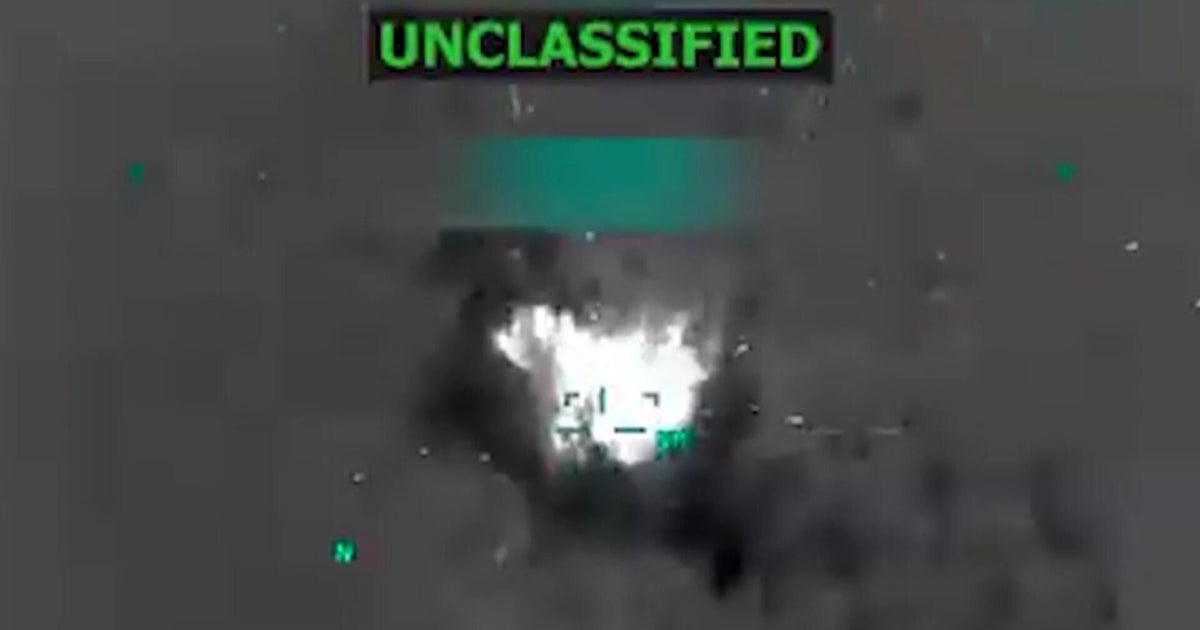


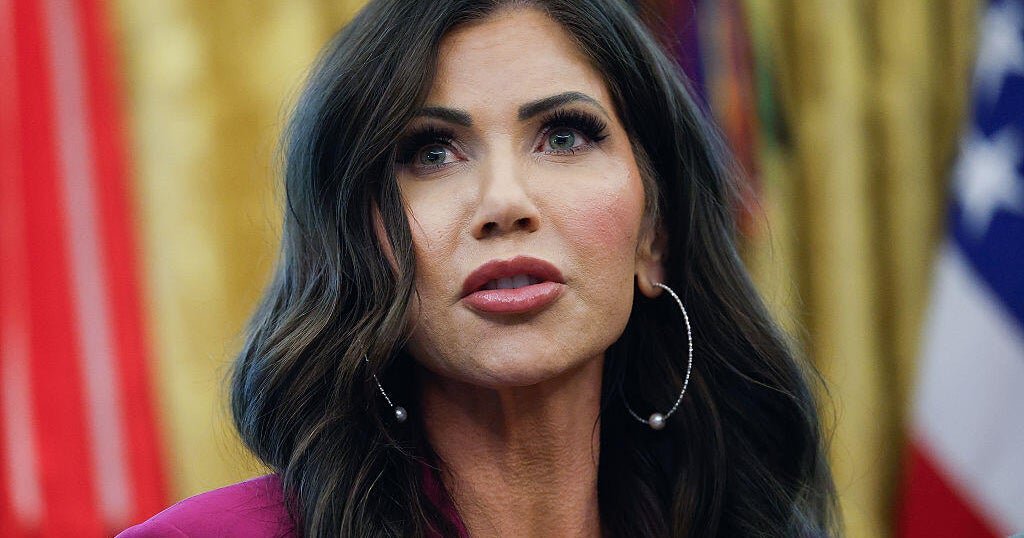

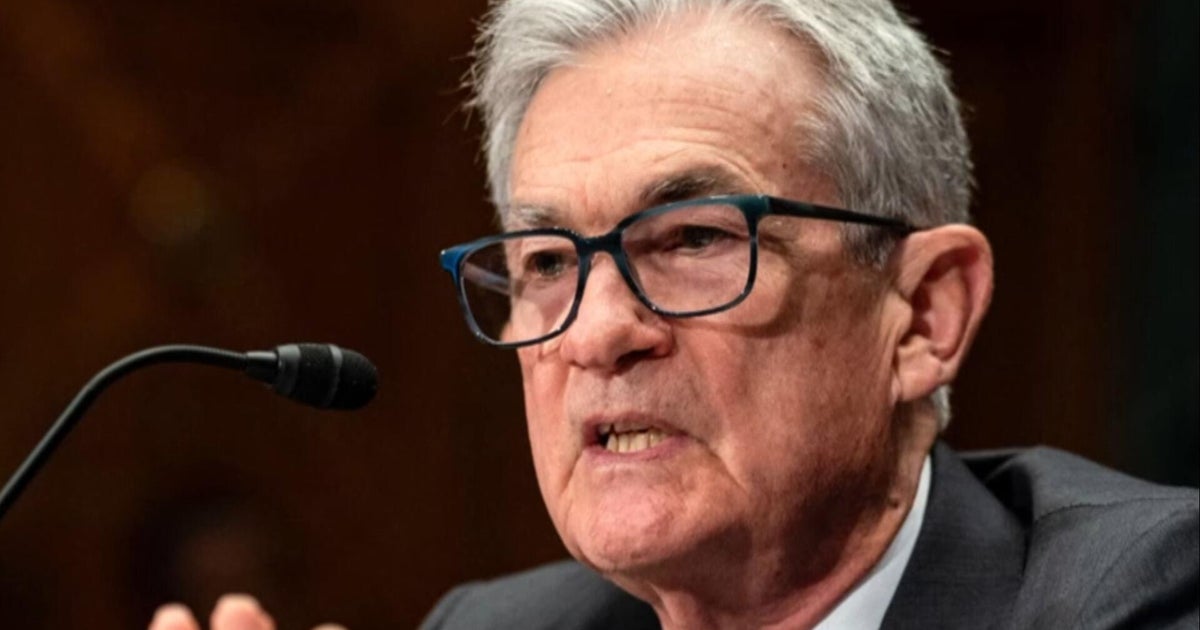
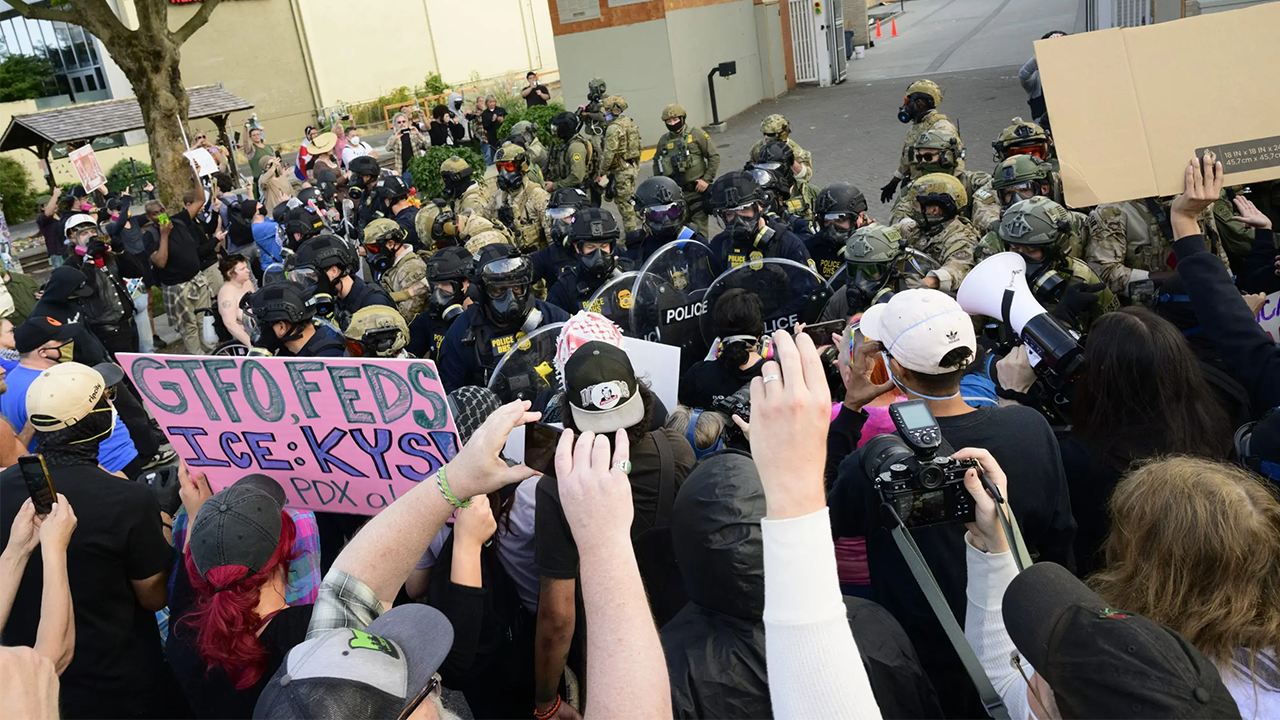
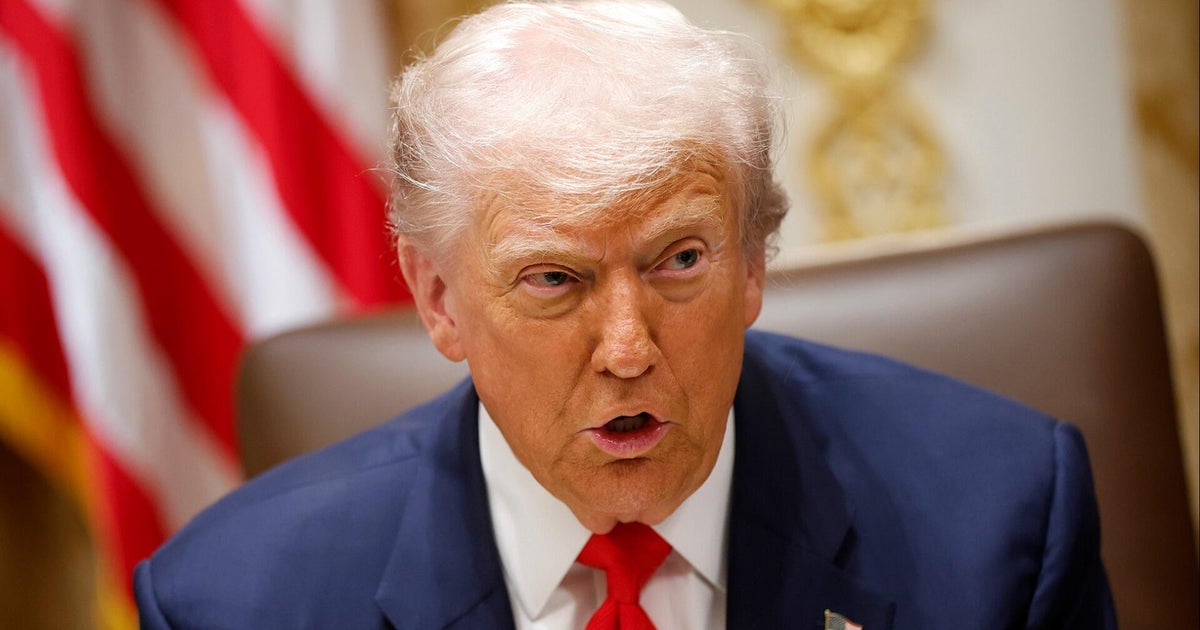
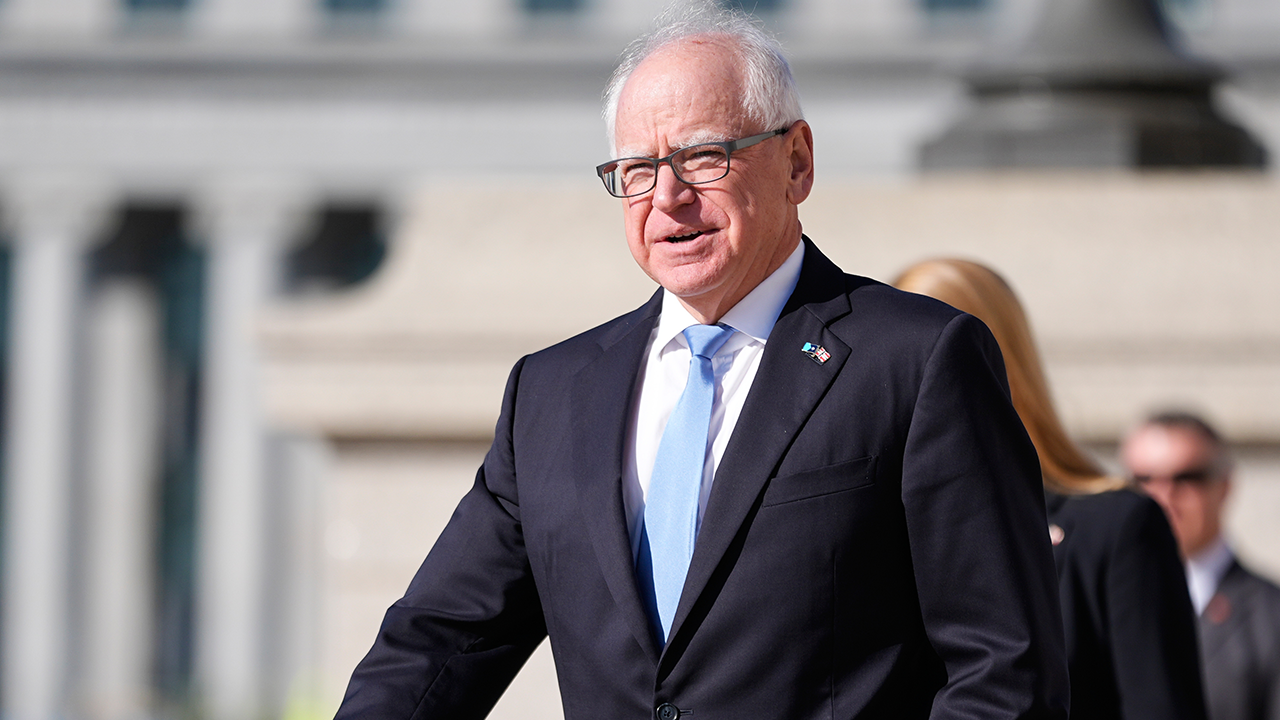

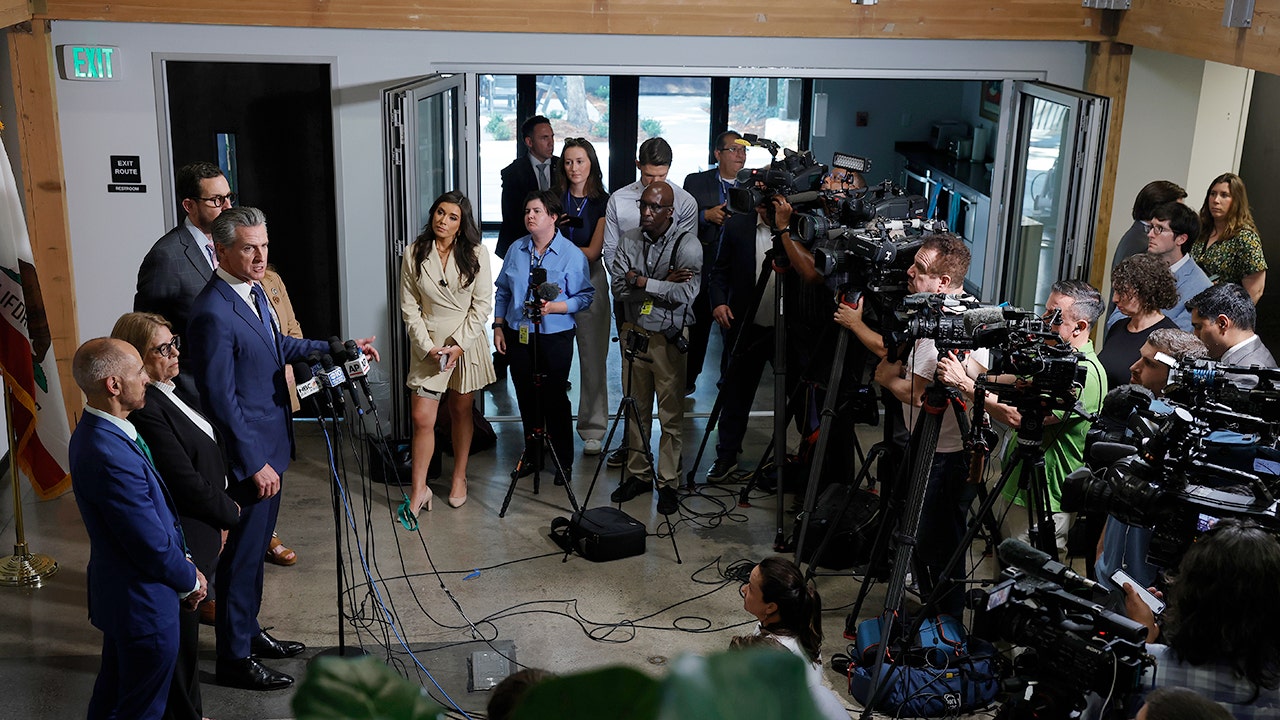
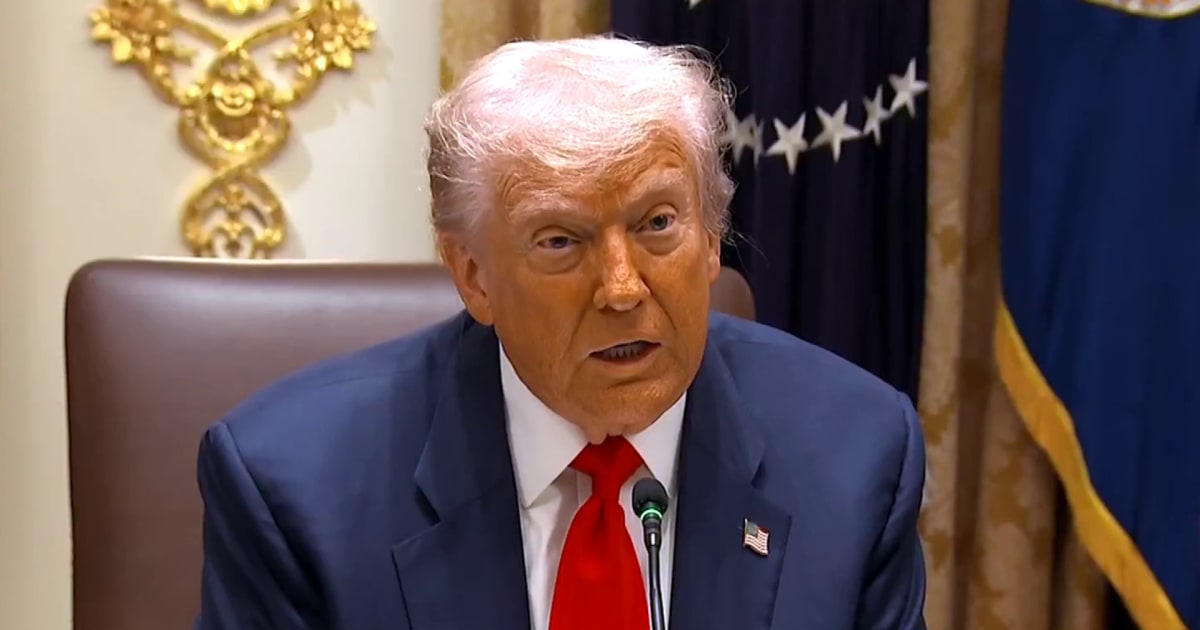

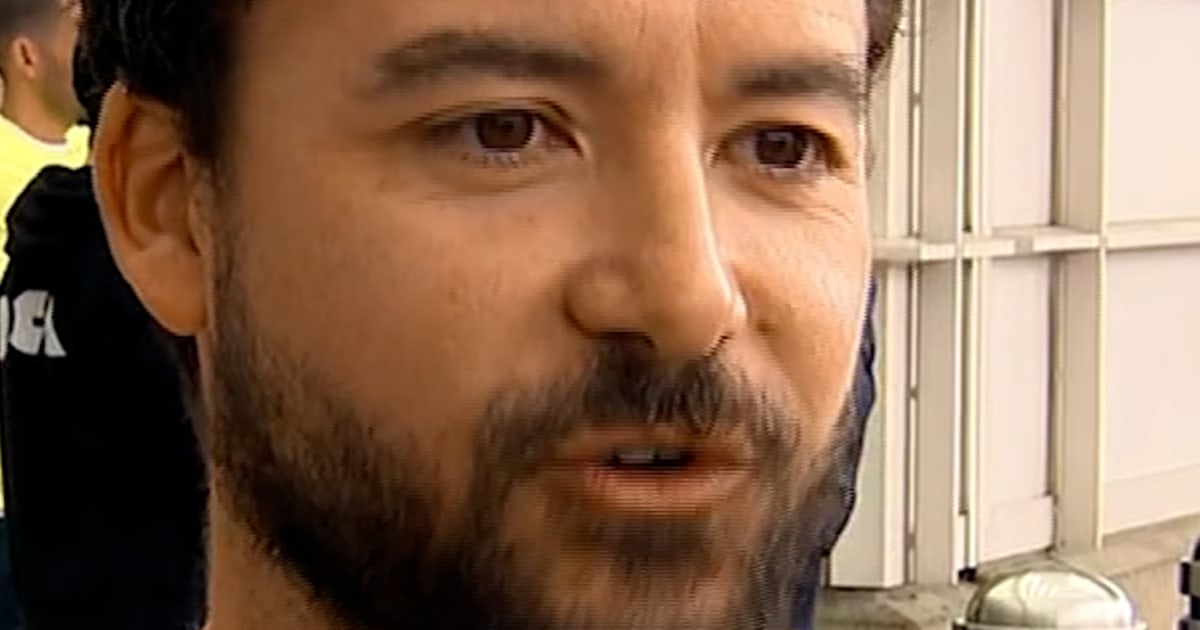



.jpeg)













 English (US) ·
English (US) ·